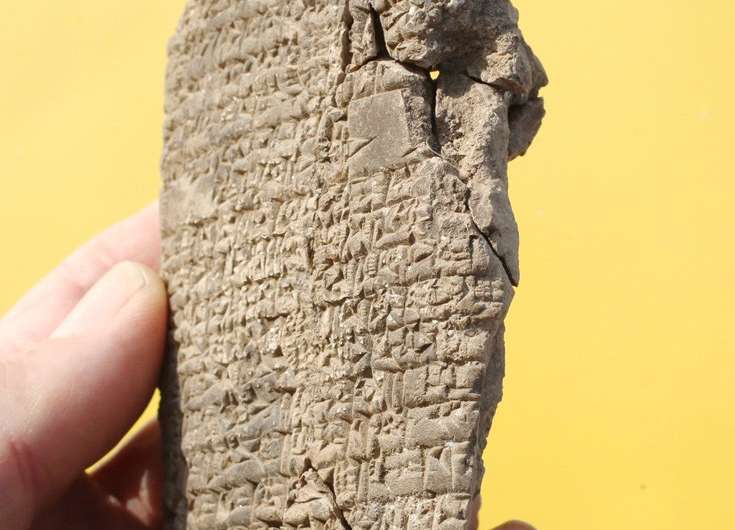Timeline of Ancient Mesopotamian Civilization. The early settlers made their own candles.

Bone House Prehistoric Architecture Sketch Prehistoric Architecture Drawing Prehistoric Art
Early cities also arose in.

. The first city-states gradually develop in southern Mesopotamia. This is the achievement of the Sumerian people. These settled communities permitted humans to observe and experiment with plants learning how they grew.
Early human beings depended entirely on nature for food clothing and shelter. The generic name Homo is a learned 18th-century derivation from Latin homō which refers to humans of either sex. In fact its very existence suggests that the first human societies organized themselves with defence in mind.
Mesopotamian cities included Eridu Uruk and Ur. In early days waterways were used for transportation. Like paint early instruments were made from a variety of natural resources that communities found within their vicinity while today a vast selection of ready-made instruments are available for musicians to choose from that are classified into three groups.
Many of the aspects of daily life taken for granted in the present day such as writing the wheel a code of laws the sail the concept of the 24-hour day beer-brewing civil rights and irrigation of crops all were first. Early cities developed in a number of regions from Mesopotamia to Asia to the Americas. To make a candle the candlemaker would repeatedly dip a wick into heated tallow or wax until the candle reached the desired size.
The Neolithic Revolution or the First Agricultural Revolution was the wide-scale transition of many human cultures during the Neolithic period from a lifestyle of hunting and gathering to one of agriculture and settlement making an increasingly large population possible. The very first cities were founded in Mesopotamia after the Neolithic Revolution around 7500 BCE. A Compact settlement is a closely built area of dwellings.
Made up of roughly 70 igloo-shaped mud-brick dwellings that all-together housed up to 1000 people the city itself was surrounded by a 15-foot high stone wall nearly four feet thick at its base. The word human can refer to all members of the Homo genus although in common usage it generally just refers to Homo. Writing begins to be developedAt first this is based on pictograms and takes about a thousand years to evolve into a full cuneiform script.
All modern humans are classified into the species Homo sapiens coined by Carl Linnaeus in his 18th-century work Systema Naturae. Mesopotamia was the home of many different civilizations spanning thousands of years which contributed significantly to world culture and progress. String such as the violin and guitar percussion such as cymbals and the drums and.
Candles were usually made from tallow but could also be made from bayberry or myrtle wax. They are built on flat land.

Insights Into Early Urban Life

Pottery Four Horned Altar Small Stone And Clay Altars Were Common Throughout The Kingdoms Of Israel And Judah Many Have Horn Ancient Mesopotamia Altar Judah
0 Comments